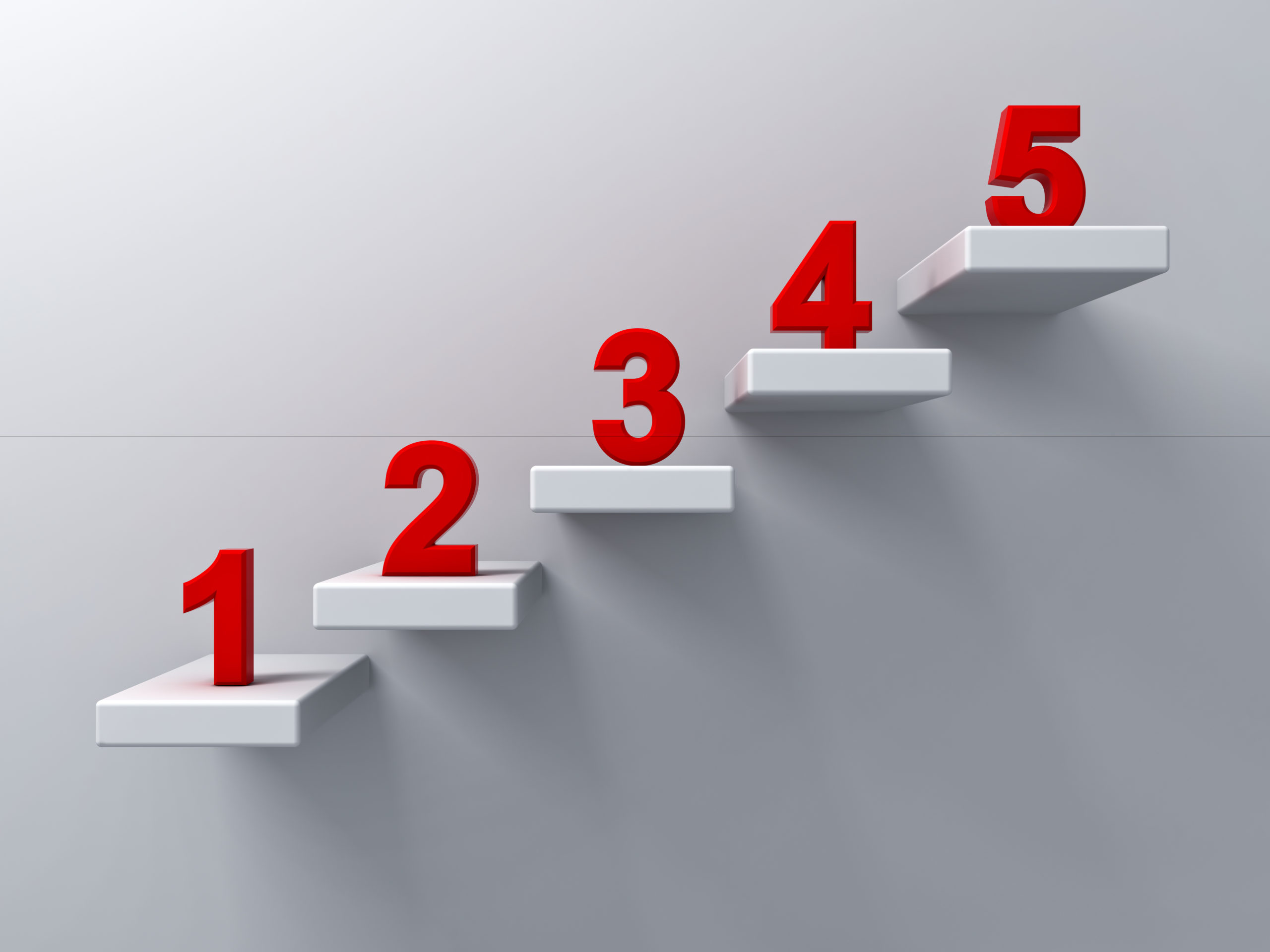By Patrick O’Neill, Founder and President, Redhand Advisors
Understanding and managing all your risk is key to the way organizations operate today. Now a boardroom word, “risk” stands tall among compliance, regulatory management, and continuity planning.
While organizations have always managed operational risk with their RMIS, they’re more likely to attack broader strategic risk with a RMIS now too. Historically RMIS have been claims centric, but as the risk environment has changed so too has the systems that support them.
Are you looking to be more strategic on how you manage risk and utilize technology? Here are five RMIS features you may have previously overlooked.
5 RMIS Features to Consider
According to our 2022 RMIS Report, the following RMIS features have gained significant market share on the RMIS dashboard of many organizations over the last few years:
- GRC/ERM
Usage of the governance, risk and compliance / enterprise risk management (GRC/ERM) capabilities is currently reported at 20%, up from 13% just five years ago. In the past, this feature was a catchall for strategic risks. The increase in the usage of this feature and integration into traditional RMIS speaks to the evolution of strategic risk, the evolving role of the risk manager and, of course, to the heightened scrutiny of these of type of risks.
Strategic risks are typically low volume, but high severity when they happen. For example, consider a negative social media event that knocked your stock down by 50%, or a ransomware event took your business hostage for a week. Tracking information on how you mitigate and manage the potential risk of these scenarios is critical in minimizing your exposure and managing how you’d respond if such an event occurred.
2. EH&S
A RMIS has always had basic safety capabilities to account for operational risk, looking at causes of loss. As usage of this feature has grown in the past five years, environmental, health, and safety (EH&S) has evolved into a much more robust RMIS function.
Root cause analysis — the process of investigating and determining the contributing factors and root cause of an incident — can lead to continuous improvement by addressing the source of the underlying issues. Corrective actions are then put in place to solve common scenarios. For example, when it comes to employee risk, are there certifications you require employees and supervisors to have? How do you manage these?
EH&S capabilities may include surveys and inspections to better understand your risk environment. By identifying those areas to focus on through broader risk assessments, you can take a more informed approach to EH&S concerns and help mitigate risk.
3. Incident management
While incident management has always been part of a RMIS, its usage jumped significantly over the past year, with a number of businesses using incident management to report and manage COVID cases within their operations. RMIS systems became the obvious choice to track cases, policies and procedures, as no other mechanism was in a better position to compile an organization’s COVID risk.
What does this mean for the industry? People learned that tracking detailed information about new risks such as COVID-19 allowed them to respond more quickly and purposefully to such events. The incident management RMIS feature gave people the ability to see where COVID cases most impacted them and how it impacted their business.
4. Exposure/asset management
Assets can be tracked in the RMIS to determine what your organization’s exposure is and how to effectively manage and mitigate the associated risks. The exposure/asset management feature provides RMIS users a full view of insurable risks to properly identify and value your assets.
The exposure/asset management feature in a RMIS system increased steadily in the last five years, because it not only allows you to manage exposures but more effectively manage the process of gathering the data ahead of your renewals.
5. Benchmarking
The concept of benchmarking has been around forever, though in practice it’s been harder to achieve effective benchmarking. Although there was a slight increase in utilization of RMIS benchmarking to 23% this year, this feature has gained traction because newer technology is allowing for better and more organized data to be readily available.
Many RMIS systems have benchmarking databases that are made up of non-identifiable data consolidated from their client base. This can help your business benchmark it’s data against peer businesses. These benchmarking tools allow you to slice and dice the data to better compare your data to similar risk profiles.
The 2022 RMIS Report offers more insights on how to manage strategic risk. For more information on optimizing your RMIS, schedule an inquiry call with Redhand Advisors.
